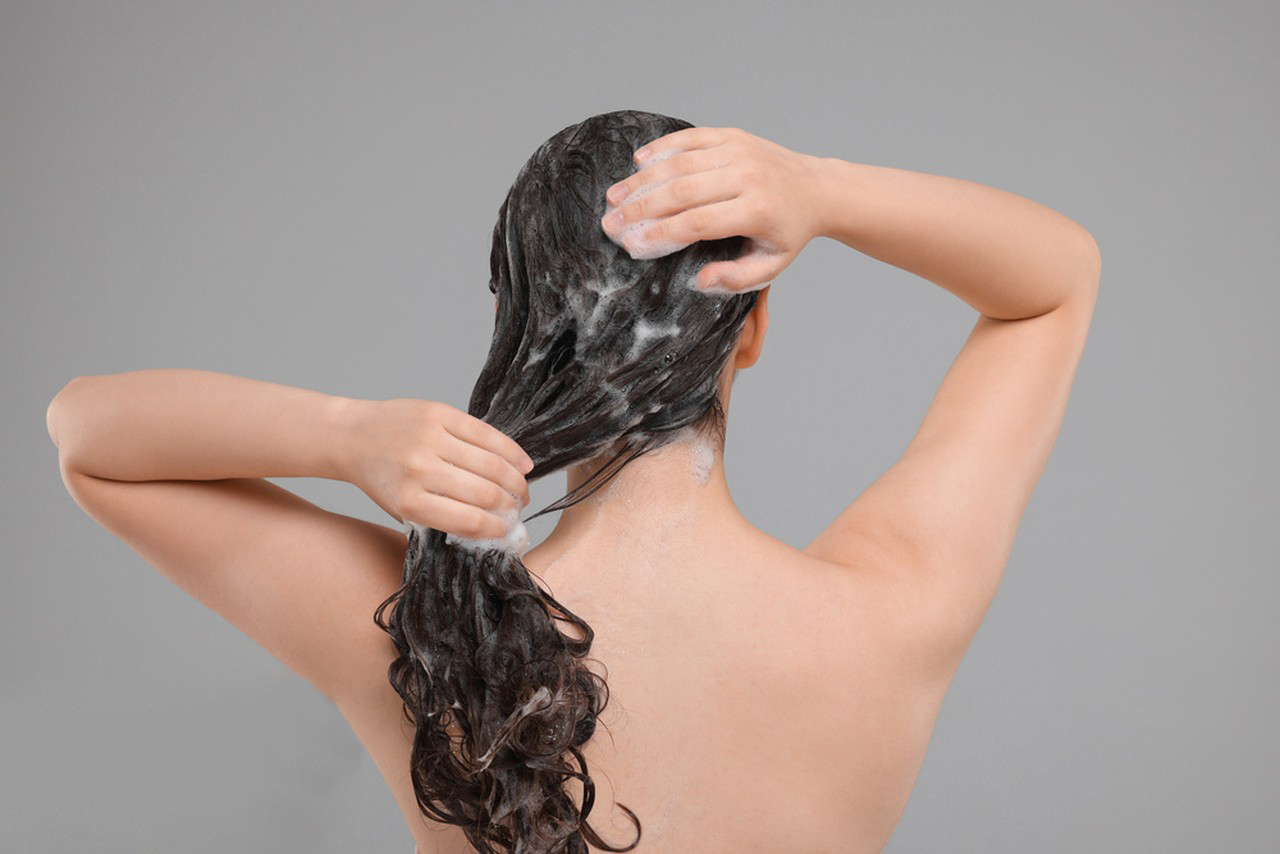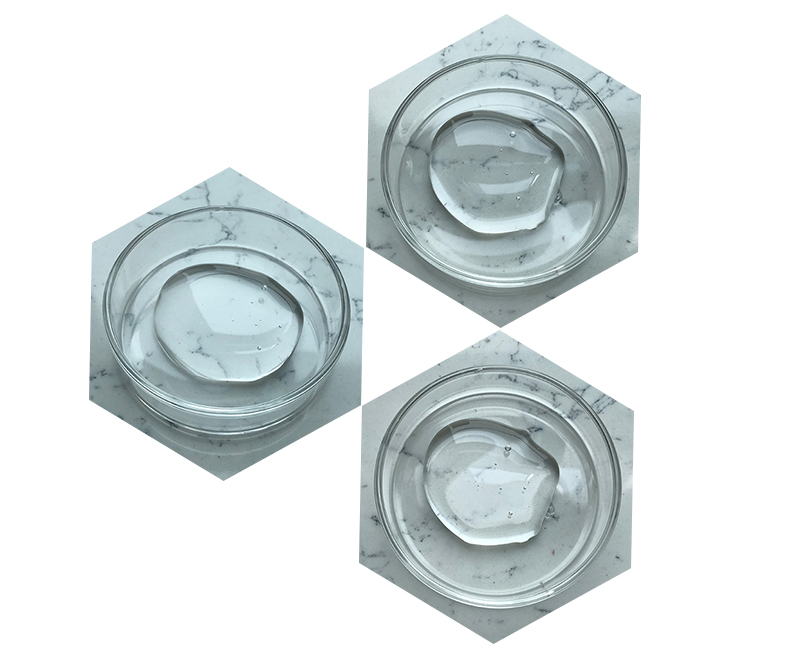Isopropyl myristate is a common ingredient in various skincare, pharmaceutical, and cosmetic products due to its emollient and lubricating properties. It’s often used as a thickening agent, emulsifier, and solvent in formulations. Here’s a basic overview of the materials and methods typically involved in the production or use of isopropyl myristate:

Materials of Isopropyl Myristate:
Isopropanol (Isopropyl Alcohol): The primary raw material for Isopropyl myristate synthesis. Isopropanol undergoes esterification with myristic acid to produce isopropyl myristate.
Myristic Acid: Also known as tetradecanoic acid, it’s a fatty acid commonly derived from natural sources like coconut oil or palm kernel oil. It reacts with isopropanol to form Isopropyl myristate.
Catalyst: Typically, an acidic catalyst such as sulfuric acid or hydrochloric acid is used to facilitate the esterification reaction between isopropanol and myristic acid.
Solvent (optional): Sometimes, additional solvents may be used to aid in the reaction or purification process.
Equipment: Reaction vessel, distillation apparatus, filtration equipment, and other standard laboratory or industrial equipment for chemical synthesis and purification.
Methods of Isopropyl Myristate:
Esterification Reaction: Isopropanol and myristic acid are mixed in a reaction vessel with the acidic catalyst. The mixture is heated and stirred to promote the esterification reaction, leading to the formation of isopropyl myristate and water.
Purification: After the reaction, the crude mixture is typically subjected to purification steps to remove impurities, unreacted starting materials, and the catalyst. This may involve techniques such as distillation, filtration, or solvent extraction.
Quality Control: Various quality control measures are employed to ensure the purity and consistency of the final product. This may include analytical techniques such as chromatography, spectroscopy, and titration to confirm the identity and concentration of isopropyl myristate.

Formulation: Isopropyl myristate can be incorporated into various formulations depending on its intended use. It may be blended with other ingredients such as oils, emulsifiers, thickeners, fragrances, and active compounds to create final products like creams, lotions, ointments, or makeup removers.
Packaging: The final formulated products containing isopropyl myristate are packaged according to industry standards, often in containers designed to preserve product stability and ensure user convenience.
It’s worth noting that the specific materials and methods can vary depending on factors such as the scale of production, regulatory requirements, and the intended application of the final product.
